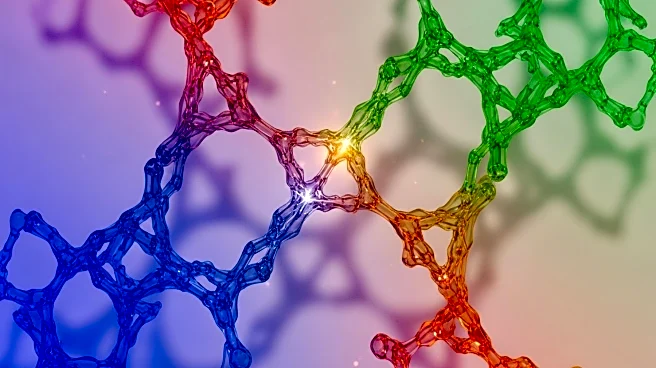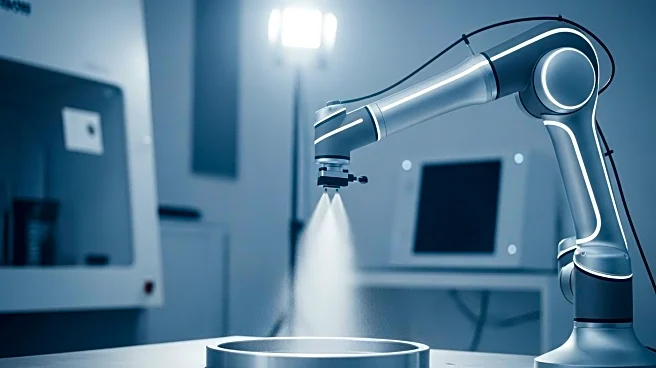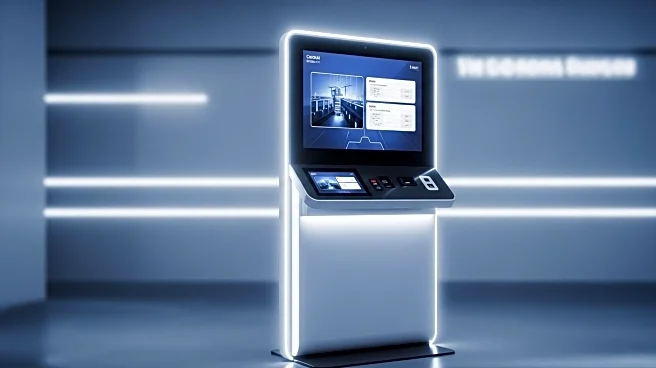What's Happening?
The self-healing smart polymers market is experiencing significant growth, with major companies like DuPont, Evonik, and Solvay leading the charge. These advanced materials, capable of repairing themselves after damage, are increasingly used in industries such as automotive, aerospace, electronics, and medical devices. The market is projected to grow at a compound annual growth rate (CAGR) of 14.20% from 2025 to 2032, expanding from $2.3 billion in 2025 to $6.5 billion by 2033. Innovations in polymer chemistry and applications are driving this expansion.
Why It's Important?
The growth of the self-healing smart polymers market represents a significant advancement in material science, offering solutions that enhance product longevity and reduce maintenance costs. This development is crucial for industries seeking sustainable materials that minimize waste and extend product lifecycles. The market's expansion could lead to increased investment in research and development, fostering innovation and potentially transforming manufacturing processes across various sectors.
What's Next?
As the market continues to grow, companies may focus on improving the efficiency, speed, and durability of self-healing polymers under different environmental conditions. The integration of these materials with additive manufacturing and 3D printing technologies could further expand their applications. Partnerships with startups and original equipment manufacturers (OEMs) may emerge, driving commercialization and adoption in new markets.
Beyond the Headlines
The rise of self-healing smart polymers highlights the intersection of technology and sustainability, offering a glimpse into the future of material science. Ethical considerations regarding the environmental impact of production and the lifecycle of these materials may influence industry standards and consumer expectations. Long-term shifts could include increased emphasis on bio-inspired mechanisms and the development of scalable manufacturing processes.











